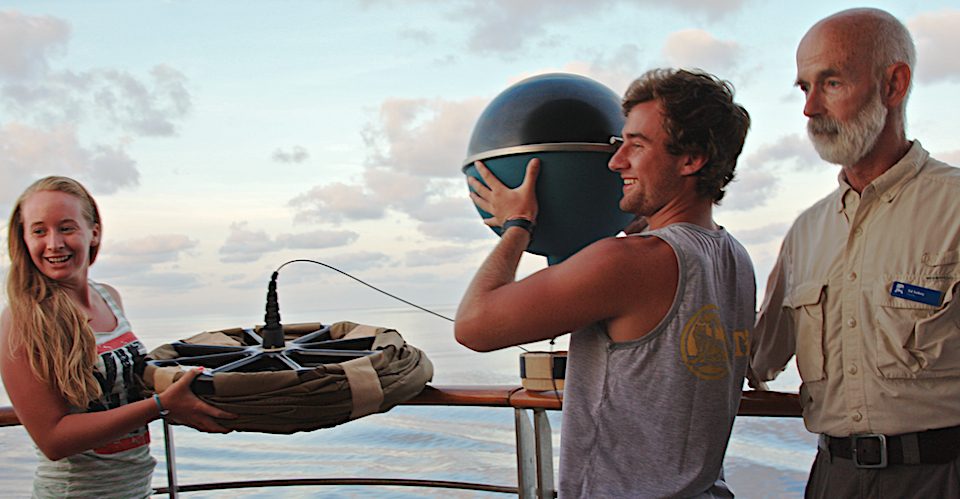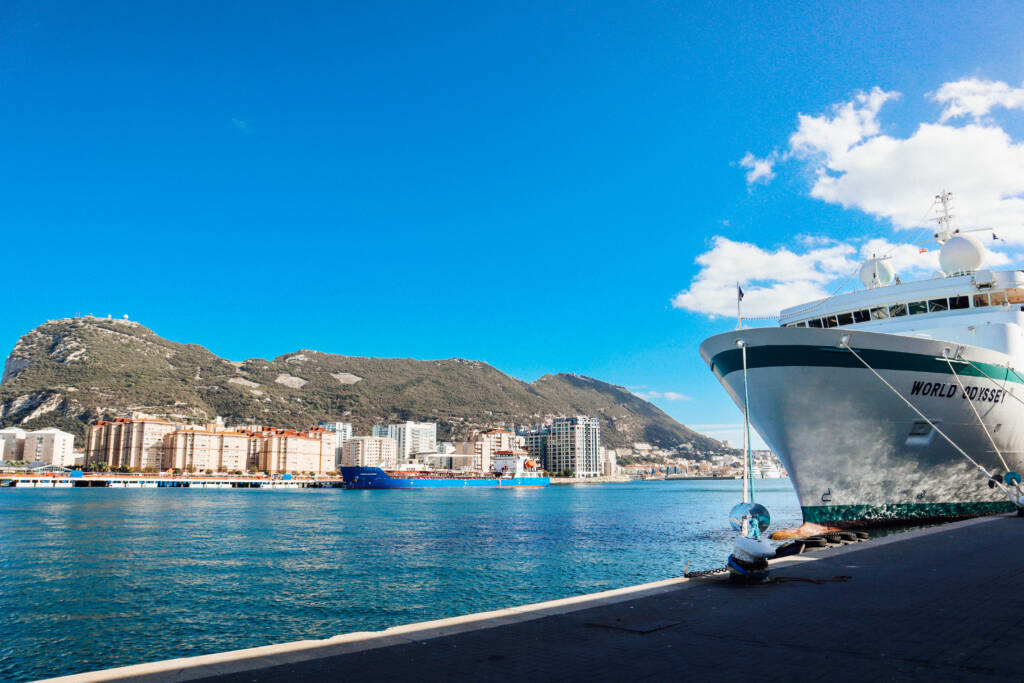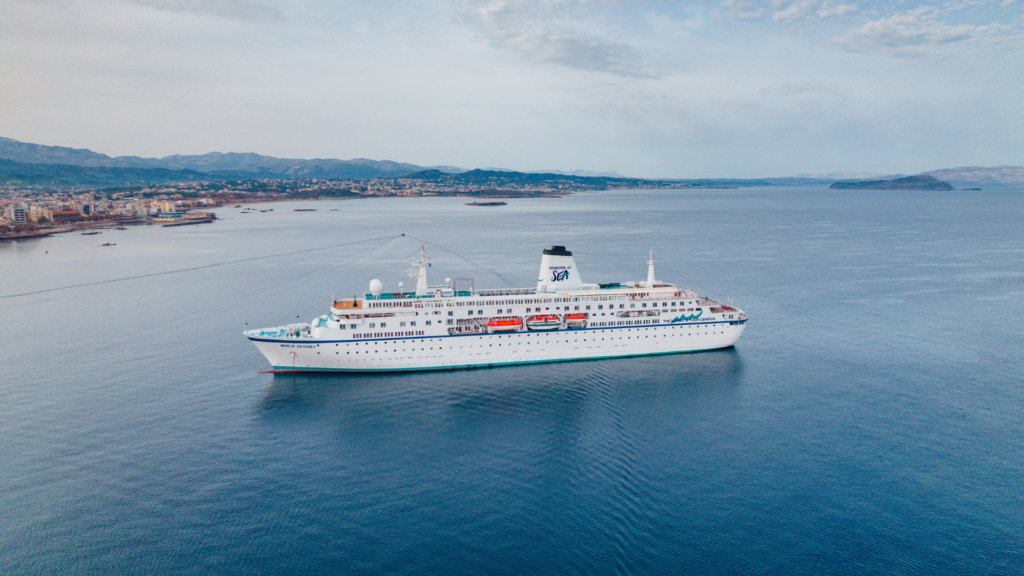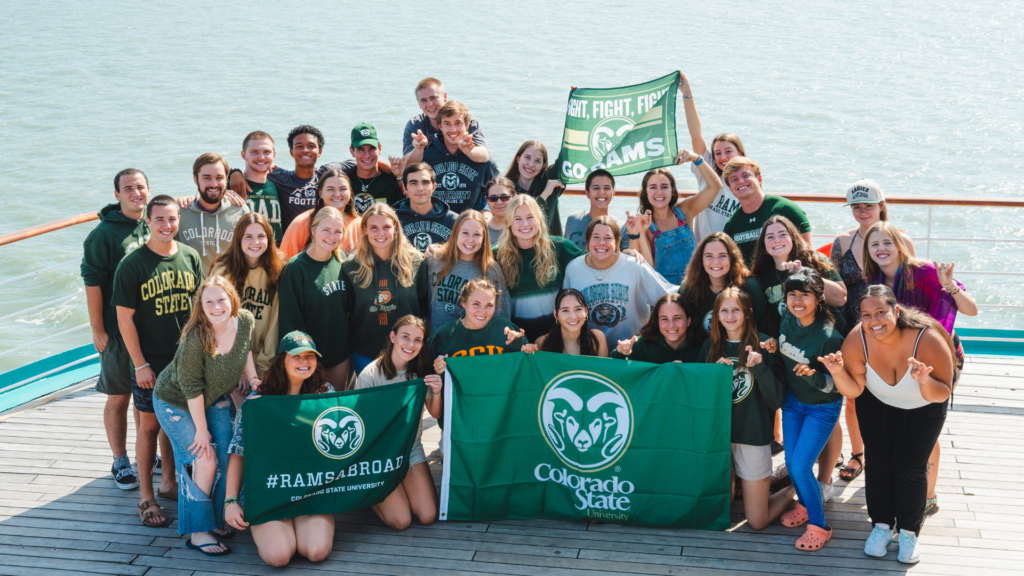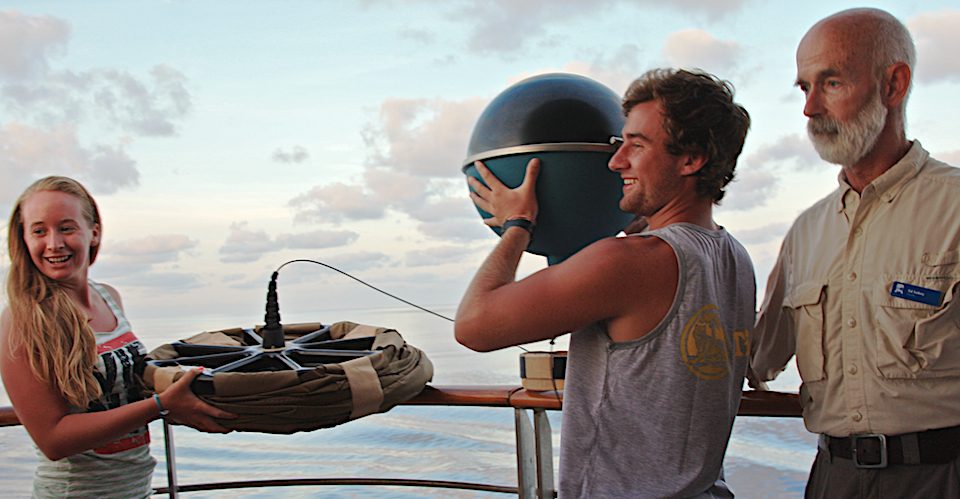
Before January 9th, the salinity or temperature of an ocean never seemed to interest me. I could care less about the barometric pressure or wind direction at any given moment. I never thought I could get excited about seeing a bird or a giant tanker in the middle of the ocean. And then I met Ed Sobey. I am lucky to have Ed as a professor for two classes: Earth’s Weather and Climate and Oceanography. Since day one, he has stressed the importance of being an observer. We spend the beginning of every class out on deck looking at the ocean, collecting data, and keeping our fingers crossed for an interesting sighting. We have seen whales, flying fish, dolphins, albatross, tankers, and squalls. We have learned to tell which direction the ship is heading by using a watch, and we determine the wind speed by looking at the waves.
There are countless learning opportunities that members of our shipboard community participate in during the voyage; many of which would not be possible to experience while on land. In addition to our daily observations, we've also had the fortune to attend several Explorer Seminars that have focused on what's happening in the waters underneath our floating home. The MV Explorer is also participating in the National Oceanic and Atmospheric Administration (NOAA) Global Drifter Program. Our ship served as a host to several SVP (Surface Velocity Program) drifters until we reached the latitudinal and longitudinal coordinates of the launch points. The released drifters provide valuable information such as position, salinity, water temperature and color, barometric pressure, and other important data. This inexpensive way to collect data at sea is extremely useful to NOAA, particularly in the areas of weather forecasting and determining biological productivity.
Professor Sobey recently informed us of this unique opportunity to take part in the release of the drifters, and many of us showed up to watch the launches. Some students (myself included) were lucky enough to help launch the drifters overboard. It took two of us to lift the 44 pound drifter and throw it over the deck four railing when the crew notified us that we had reached the correct coordinates. Once a drifter is launched, we have the ability to track it through NOAA's website. I feel fortunate to have been part of this research initiative, and I'll be keeping an eye on the website even after the voyage ends to see where my drifter ends up. (The drifter I launched is ID#114552, and should have its WMO number listed here in the coming weeks for anyone who would like to track it with me).
After ten weeks of classes with Ed Sobey, my favorite bird is an albatross, I understand why water color alone is a determinate of the productivity levels of the ecosystems living in it, and I can read a 500mB map. I also now know about the importance of maintaining healthy ecosystems and the effects climate change will have on our world. I learned it by being an observer.
